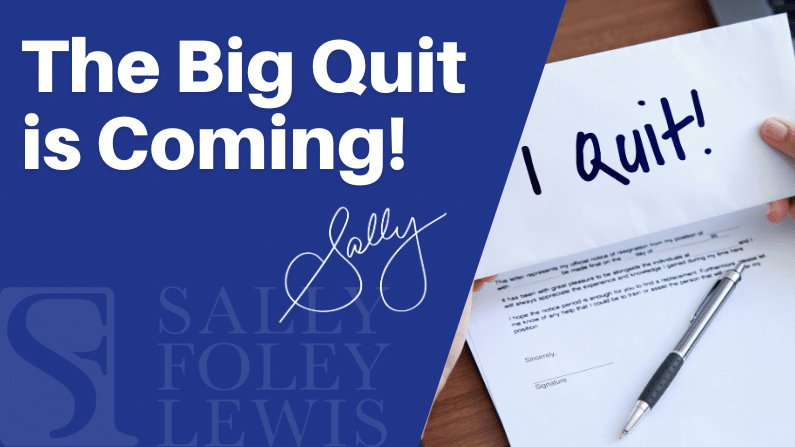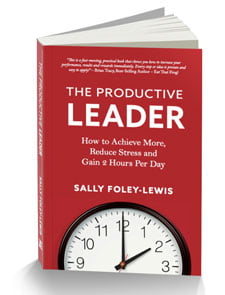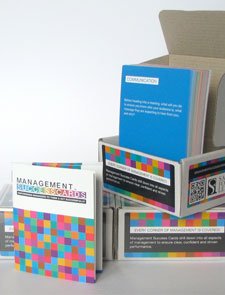Are your people thinking about how much they are willing to give to work?
Are you?
Fuelled by a more human and holistic drive rather than the traditional employee-employer transaction (pay, office, benefits), the great resignation is gaining greater ground swell. And according to Aaron McEwan (from research and advisory firm Gartner) “companies will have to start … selling the work to employees”.
Employees want to be seen and treated as humans rather than assets. For the whole human to be considered rather than just the employee and their expertise.
The old adage of ‘live to work/work to live’ is truly being tested! It’s turning into more of questioning where work fits into one’s life.
Employees are rethinking careers and work with deeper connection to personal values, health and family.
From a business and leader perspective this can go either go bad or be an opportunity. Skyrocketing costs of talent turnover and attraction will hurt businesses. And mass exits will potentially put a spotlight on any issues that have been put into the too hard basket or swept under a rug. And as such brand management then becomes an issue.
The opportunity I see is for leaders who have known that their organisation wasn’t listening to their employees; that being innovative around employee engagement and work processes was too hard to start; or the culture of work was outdated, now is the prime time to address it.
Knowing the great resignation is a very real possibility in your workplace is the perfect launchpad for leaders who may have felt they couldn’t speak up, to do so and invite the deeper conversation. Surely leaders are feeling the impact somewhat similarly to their employees, no one has been spared from the pandemic.
5 Questions
From learning about the great resignation and seeing this as a real opportunity for businesses and organisations to be employers of choice, in what will become a tough talent sourcing market, it starts with answering some questions. Lip service won’t cut it, it’s the perfect time to embed change, it’s not like you’ve not been through change over the last 18 months.
Leverage what has given employees a greater sense of feeling safe and yet productive, a sense of relief; and work to eliminate what has caused excessive stress and overhwlem. Burnout employees are expensive and unproductive, now’s the perfect time to slow down and address these issues.
1. What, from the employee’s perspective, has been the silver linings from the pandemic in context to:
– how our work is now being done?
– how our team/s now communicate?
– how our people feel safe and can still be productive?
2. What has been, from both employee and leadership perspective, the biggest insights to be gained from the pandemic in context to:
– our culture?
– our procedures?
– our employee engagement?
– our talent identification?
3. What stopped us from listening to our employees previously?
4. How can we listen to our employees better?
5. What is really getting in our way of challenging the status quo?
This will give a great starting point to help the business shift from the traditional employer-employee transaction, to seeing and hearing and engaging with the employee as a whole human who sees work very differently today than 3 years ago.
I’d love to know what you think will happen to your organisation over the next 6-9 months?




